3 best bits of additional kit for the challenge walker
So you have all the regular walking kit, you've tested your waterproofs and you're used to walking in boots? Here are some extra bits of equipment that any walker, but particularly challenge walkers, will find useful. And when you're pushing your limits, these could give you the edge.
Walking Poles
When you're asking your legs to take you further and higher than you've been before, they need all the help they can get. Walking poles transfer some of the effort of going uphill to your upper body, so your legs don't tire as fast and you spread the load over a wider set of muscles. You can also use poles to drive you uphill, keeping up momentum.
Poles also help when going downhill by allowing your whole body to absorb the impact of repeated steps down and thereby reducing the impact on your joints, especially your knees. They also aid your balance, giving you four points of contact with the ground, essential for stability if the ground it slippery or you pass through a rocky patch. When you're leaning forward to take a step, poles are perfect at off-setting the higher centre of gravity you have with a backpack on. In short, they can keep you upright when you're tired and may otherwise make mistakes.
Spare Socks
Long days will invariably lead to wet feet, either through rain getting in, or by sweat. Wet feet lead to blisters, which are incredibly uncomfortable and generally turn a nice day into a nightmare. Socks can also rip after prolonged use and repeated rubbing. Taking a spare pair of socks you can change into after the rain can not only ward off blisters, they also feel great. Personally I find there are few things more annoying than wet feet on a hill walk. In an emergency, spare socks can also be used on your hands as a spare pair of gloves!
When choosing your walking socks, think about the time of year and the expected temperatures. Socks that are too thick can lead to sweating, and socks that are too thin can just leave you with cold feet. Walking socks are designed to stretch in the right places, and have reinforced areas around the heel and front of the foot, where the pressure of walking would lead to normal socks developing holes.
Blister Plasters
Blisters are sacs of fluid that develop under the skin, and are caused by rubbing, particularly when your feet get wet.
If the worst does happen and you feel your boots rubbing persistently in a particular place on your feet, a symptom that usually means a blister is on its way, all is not lost. If all you feel is rubbing then try using zinc oxide tape over the skin. This usually lasts the whole day and will take the rubbing, leaving your skin intact.
Beyond this, there are a number of different brands of blister plasters, the best known being Compeed followed by Scholl pressure pads. Scholl pressure pads are pieces of foam that can be cut up and taped onto the troublesome area, giving you more cushioning than tape alone. If the blister really starts to develop, turn to Compeed. It is basically a large sac of gel that sticks to your foot, acting as a second skin.

